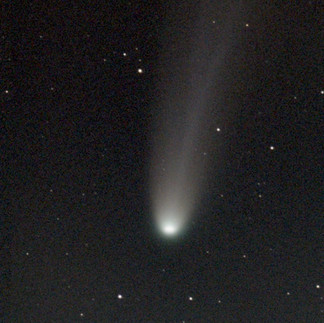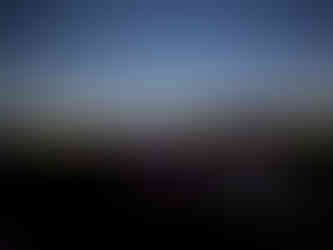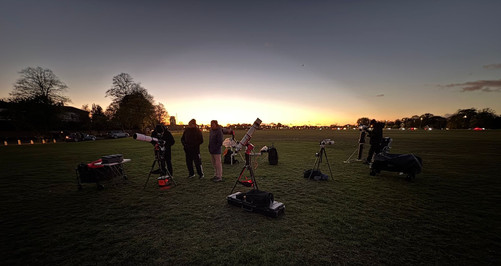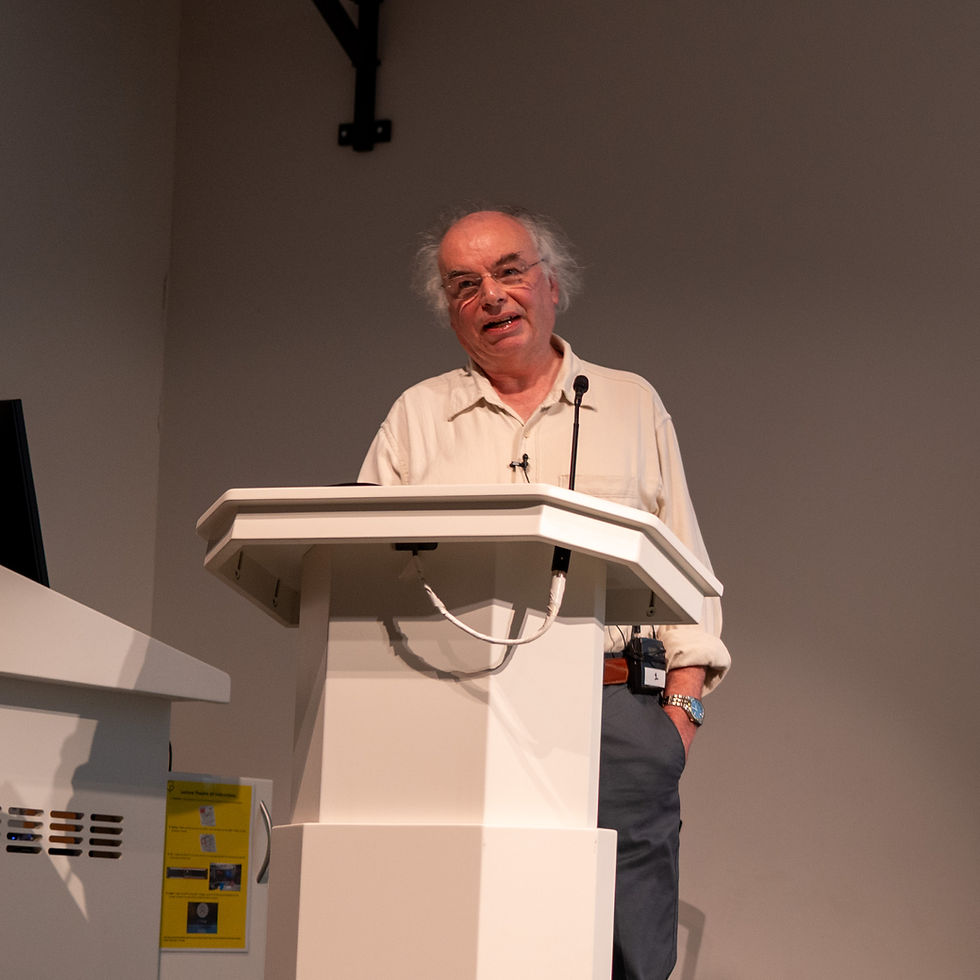A ‘Tail’ of Two Comets – Blackheath Observing, Saturday 25 October 2025
- Mike Meynell

- Oct 26
- 4 min read
Arriving on the heath, it was immediately clear that we were sharing the space with a few unexpected guests. The funfair had returned, lighting up the horizon with its usual neon glow and soundtrack of excited screams, and, for reasons known only to themselves, a large group of classic Volkswagen Beetle enthusiasts had gathered nearby. All this made for a lively backdrop as telescopes began to appear across the grass.

Tej, Alec and Giorgio were already setting up when I arrived, soon joined by others. By dusk we had around fifteen telescopes, plus binoculars and Smartscopes – a good mix of visual and electronic equipment. The wind was already brisk, but skies were largely clear, and while seeing conditions weren’t ideal, there were enough calm spells to allow for some surprisingly steady views. I expected the Smartscopes to struggle in the gusts, but they coped well for most of the evening, capturing decent exposures before the conditions worsened.

As the night wore on, the wind strengthened and became increasingly relentless, forcing us to pack up around 9.30pm. Even so, that was far longer than the hour or two of clear skies I’d expected earlier in the day. Around 80 visitors joined us over the course of the evening, along with more than a dozen Flamsteed volunteers – a strong turnout, no doubt helped by the prospect of seeing two comets in one night.
Before the event, I’d noted: “Comet C/2025 A6 (Lemmon) – low in the west and challenging to spot; Comet C/2025 R2 (Swan) – in the south early in the evening, slightly fainter but possibly easier to view.” That was before discovering that several astronomy apps disagreed on exactly where either comet was! After a bit of old-fashioned sky-hunting (and only minimal swearing), I finally managed to track down Comet Lemmon over the western skyline of London – the familiar “fuzzy blob” that never fails to delight visitors once you tell them it’s a comet 60 million miles away that won’t return for another 1,300 years.
Some images of Comet Lemmon and Comet Swan, taken with Smartscopes. Pictures by Richard Summerfield and Yvonne Jacobs.
Comet Swan was less cooperative. I couldn’t spot it visually, but Yvonne and Richard’s Smartscopes found it with ease. Fainter than Lemmon, and with only a modest tail visible to the eye, it was still an excellent catch. The image of Swan included in this report shows the comet’s motion against the background stars, so the “tail” appears longer than it really is – it’s effectively the comet’s trail across the sky during the exposure. In the end, Lemmon probably won the night – its long tail showing beautifully in images, even if invisible to the eye over London's light polluted skies. As Richard put it, comets really are like London buses: “You wait ages for one to turn up, then two arrive at once.”
After the comet excitement, most of the visual scopes turned to Saturn, which remains a guaranteed crowd-pleaser. The Smartscopes struggle with planets, so this was one for traditional optics and the “Mark I eyeball”. Despite the shallow ring angle, the views were superb, with Titan and Dione clearly visible, and Phil and I convincing ourselves that we could also just make out Rhea, nestled close to the rings.
Alec’s Mak with binoviewers gave an impressive, if slightly wobbly, high-magnification view of Saturn, while Tej stayed fixed on the planet for much of the session – hard to blame him! Phil also picked up Neptune, managing to resolve its small disc and pale blue tint, while Alec attempted Uranus, though the strong wind made it tricky. Through my own scope the disc was clear, if not especially colourful – you could just about convince yourself it had a hint of green.

Tim provided some comic relief early in the evening after a minor wardrobe malfunction, but still managed to enjoy fine views of Albireo and M39, both conveniently positioned at a comfortable height for our youngest visitors. Adrian found his Vespera didn’t much care for the fairground laser beams, though he still produced an excellent image of M31. And Phil summed things up neatly: “That cold wind was biting in the end, but a great session as always.”
M31 Andromeda Galaxy. Pictures by Adrian Challinor and Yvonne Jacobs
As the evening drew to a close, I revisited Albireo – prompting the usual debate about star colours – before switching to a wide-field eyepiece for a lovely view of the Pleiades. Alec had a quick look at M2 before the gusts made further observing impossible.

All in all, it was another hugely enjoyable evening on the heath – lively, sociable and much longer than expected given the forecast. Two comets, clear(ish) skies, a funfair, and a biting wind: quite the combination.
Our next Blackheath session is scheduled for Saturday 15 November 2025, with 16, 22 and 23 November as weather back-up dates.



























































Comments